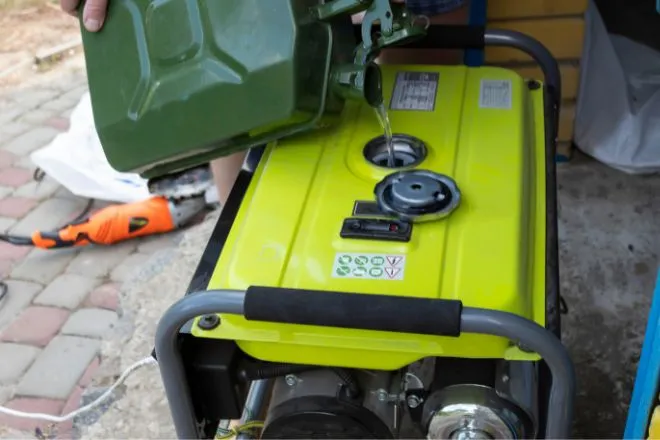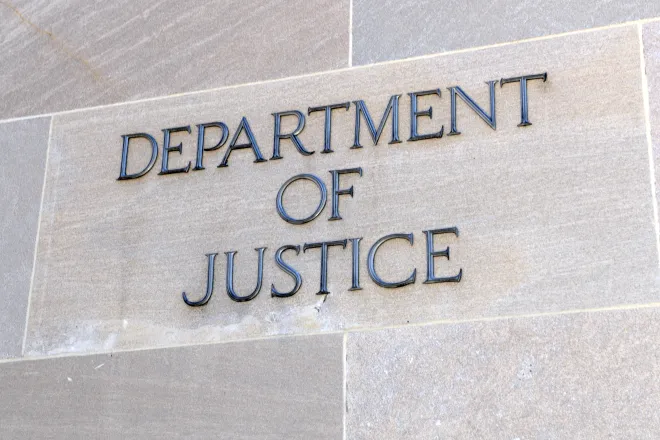
For 50 Years, 9-1-1 has been there for Emergencies
Senator Rankin Fite made the first 9-1-1 call February 16, 1698, in Alabama, marking the start of what would become a universal emergency number across the United States. Days later, Nome, Alaska, implemented the same service as the roll out across the country began, according to the National Emergency Number Association, an organization that focuses on 9-1-1 policy and related matters. The effort stemmed from a recommendation by the National Association of Fire Chief in 1957 to have a single number to report fires. Over the next decade, consensus grew to have a single number for any type of emergency.
Today, most Americans cannot remember a time when calling such a simple number for help was not an option. Parents routinely teach their children from an early age how to make an emergency call – a skill relatively easy to master in an age of push-button and touch screen phones versus the rotary-dial phones common when the service was first launched.
NENA estimates nearly a quarter of a billion calls are made to 9-1-1 each year, with the majority coming from cell phones and other wireless devices.
Dialing just 9-1-1 to reach emergency services is nearly universal, though some business telephone systems still require dialing an extra digit to reach an “outside” line. That issue will be changing as a new law, signed by President Donald Trump Friday, will require phone systems to be upgraded within two years to allow calling 9-1-1 without needing any extra numbers. Known as “Kari’s Law,” the legislation was created after Kari Hunt was killed by her estranged husband in a hotel room. Hunt’s young daughter attempted to dial 9-1-1 multiple times, not knowing the hotel phone system needed an extra number.
In any crisis, calling for additional help is the first priority, and dialing 9-1-1 is often that key first step – a fact the Federal Emergency Management Agency notes in its list of five emergency actions:
- Call 9-1-1 and provide your specific location.
- Stay safe by protecting the injured from harm and moving them away from any ongoing danger.
- Stop the bleeding with firm, direct pressure, or a tourniquet.
- Position the injured: Let someone who is conscious position themselves; put an unconscious person into the recovery position.
- Provide comfort to the injured while keeping them warm and offering encouragement.
FEMA offers additional information and free training online at the Until Help Arrives website.















